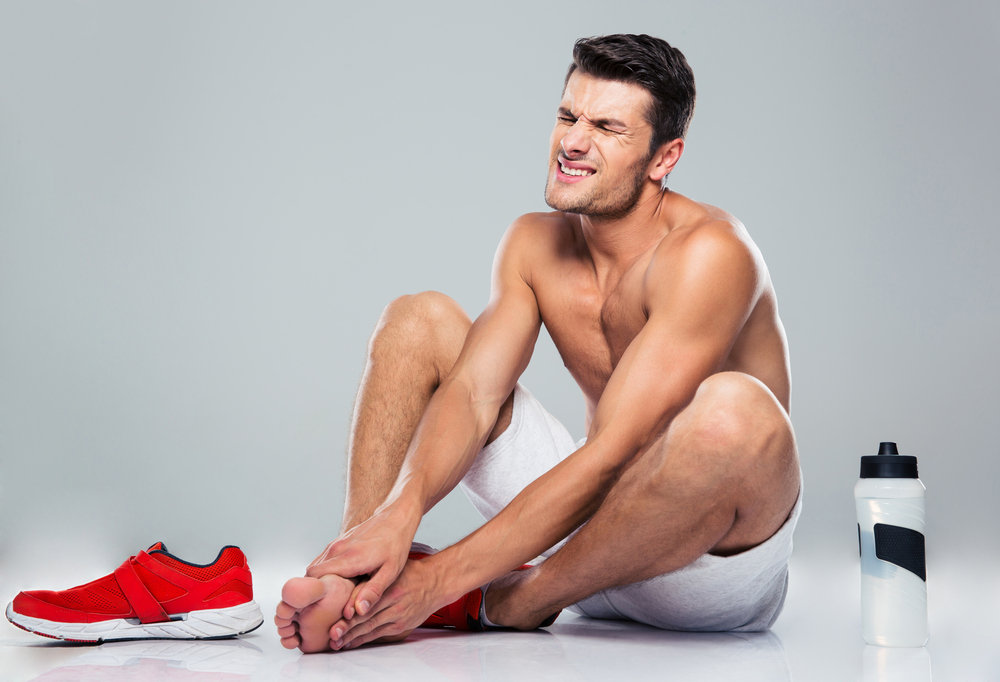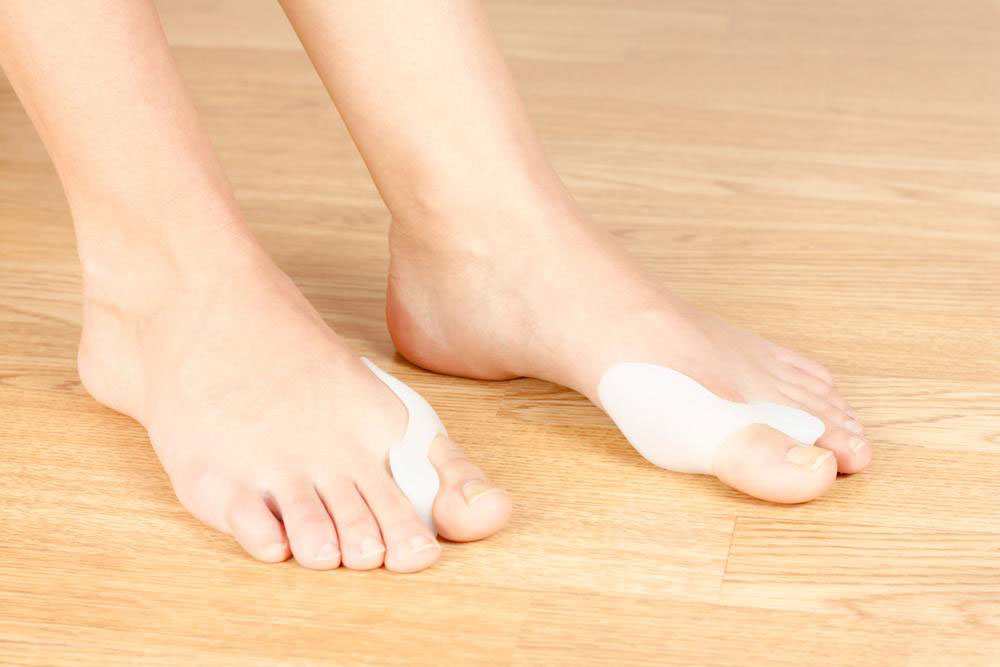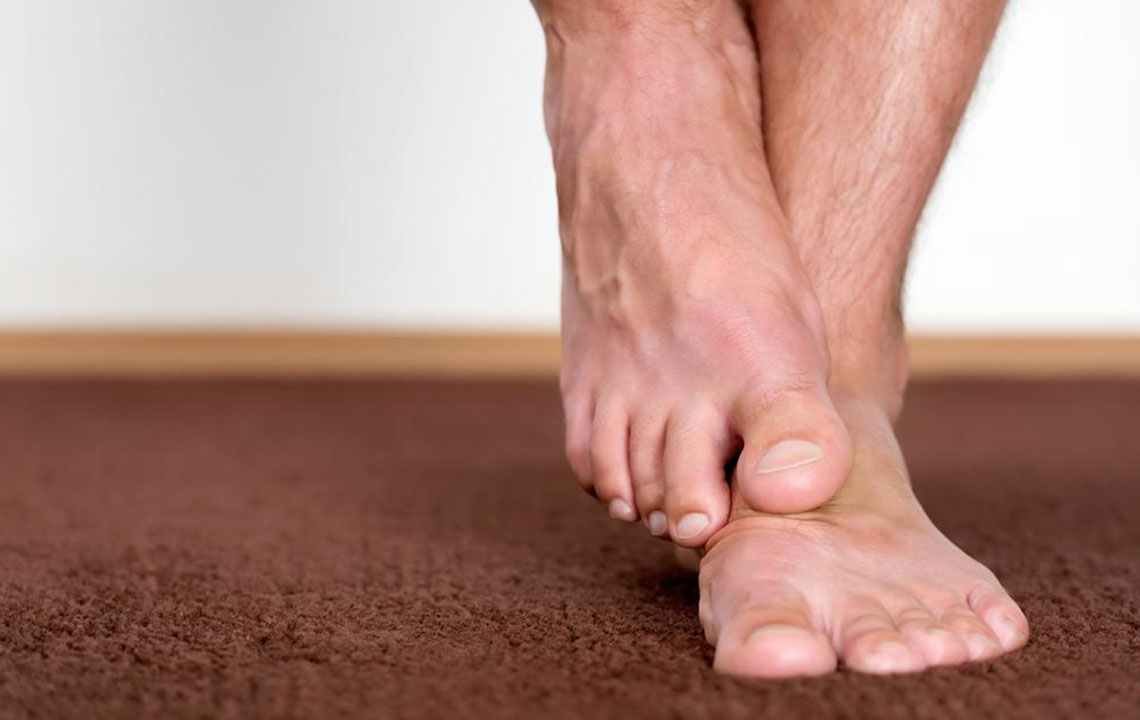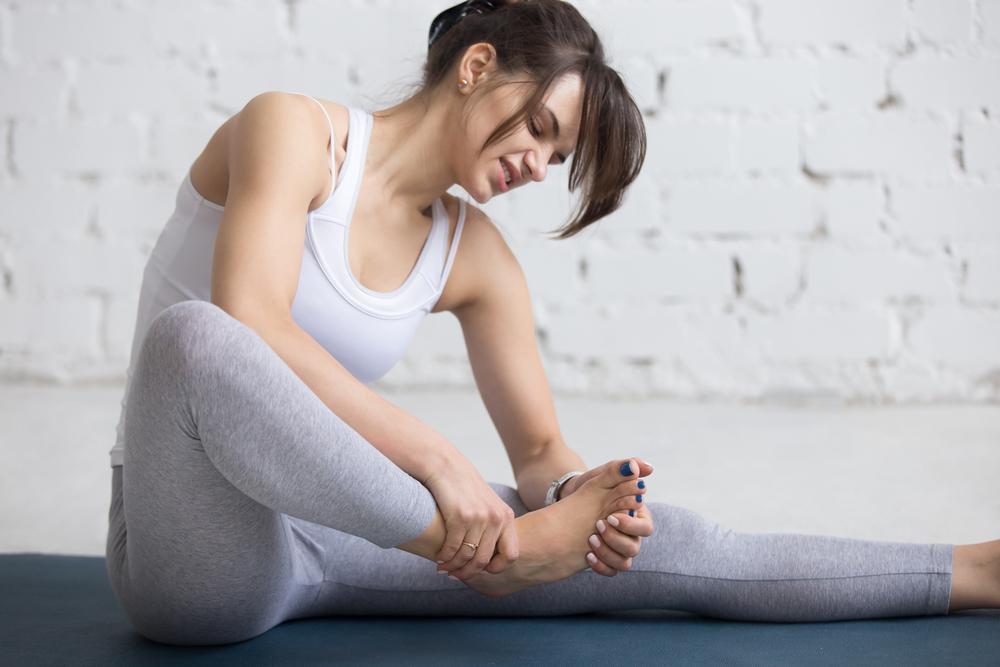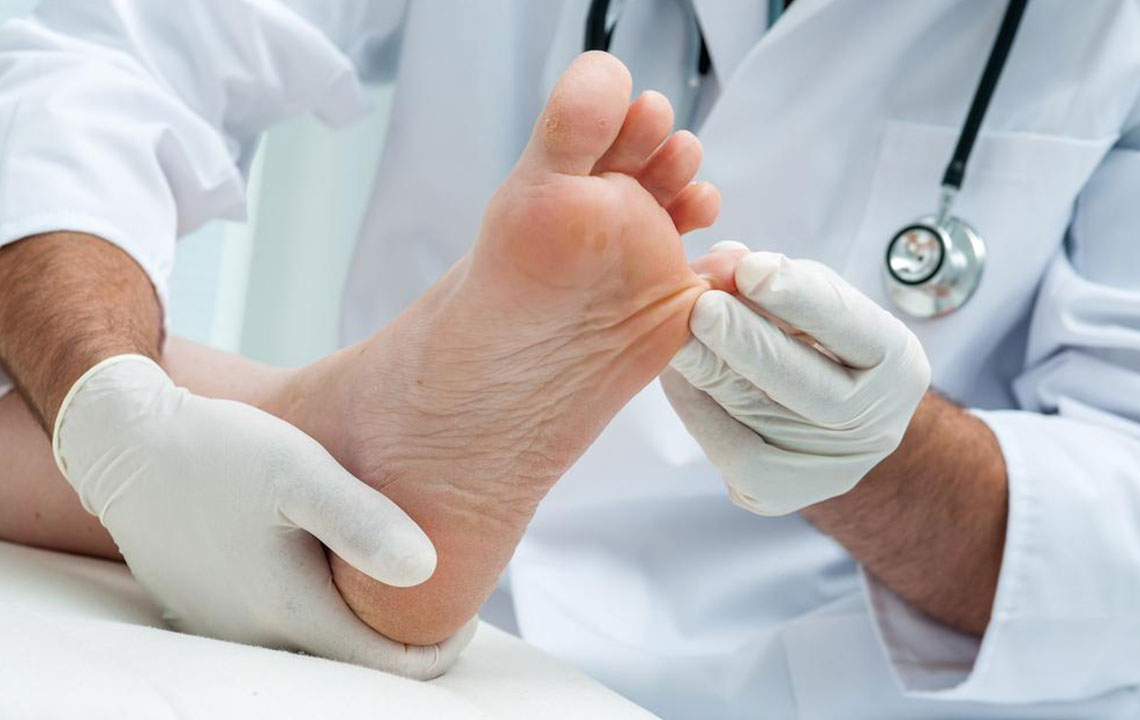Ultimate Guide to Bunion Prevention, Treatment, and Relief Strategies
This comprehensive guide explores effective strategies for bunion management, from supportive footwear and orthotics to home remedies and surgical options. Learn how to prevent bunions, relieve discomfort, and restore foot health through expert-approved tips and lifestyle adjustments. Early intervention and proper care are crucial to avoid severe deformity and ongoing pain, ensuring better mobility and foot function. Discover detailed advice on choosing the right shoes, alleviating pain, and when to seek professional treatment to maintain healthy feet and improve quality of life.
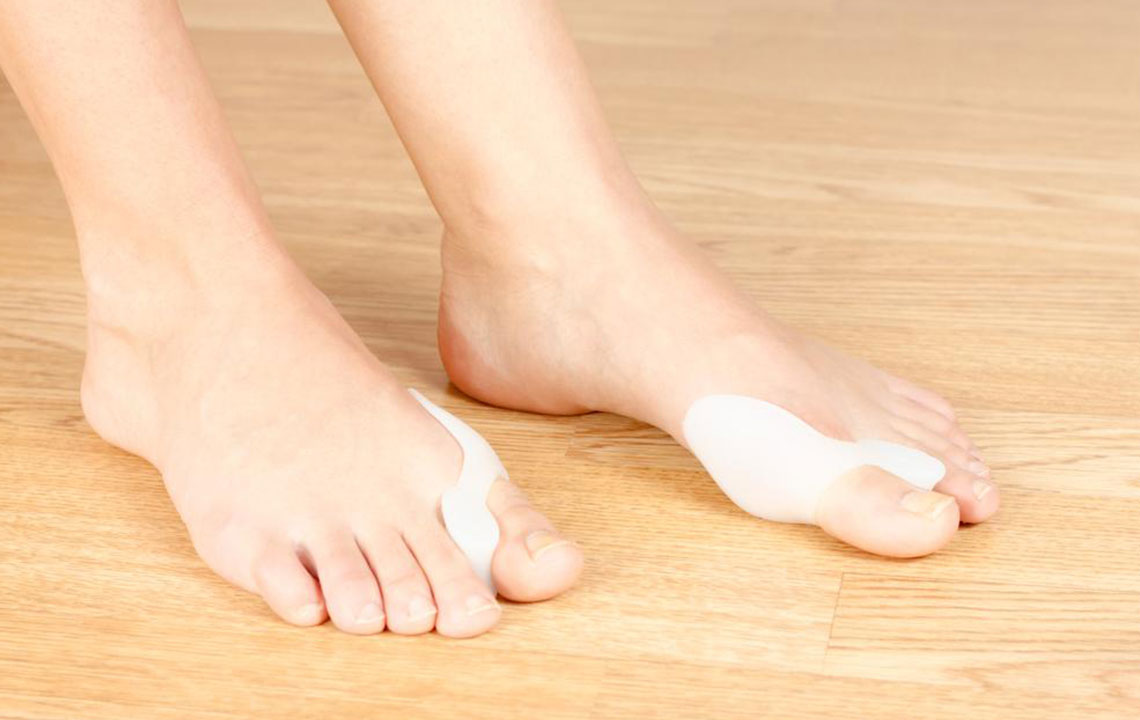
Comprehensive Methods for Managing and Alleviating Bunions
Bunions, known medically as hallux valgus, are a common foot ailment affecting countless individuals worldwide. This condition manifests as a prominent bump that develops at the base of the big toe, often causing discomfort, inflammation, and deformity over time. The development of bunions is multifactorial, but a significant contributor is footwear choice—especially shoes that squeeze the toes or lack sufficient support. Prolonged use of high heels, narrow shoes, or tight-fitting footwear can exert excessive pressure on the big toe joint, leading to the gradual outward deviation of the toe and subsequent formation of a bunion.
Understanding the underlying causes of bunions is crucial for effective prevention and management. While genetic predisposition can play a role, lifestyle factors, particularly footwear habits, are often the primary culprits. Women, especially older women, tend to be more susceptible due to societal fashion trends favoring high heels and narrow footwear. The flexibility or stiffness of the joints also influences how readily a bunion may develop; joints with more flexibility might adapt better, whereas stiff joints can be more prone to deformity.
Left untreated, bunions can become painful, interfere with walking, and severely impact quality of life. Hence, effective management and early intervention are essential to prevent progression and mitigate discomfort. This comprehensive guide explores various strategies—from choosing the right footwear and employing orthotic devices to home remedies and, when necessary, surgical options—to help you understand and manage bunions effectively.
Could Your Shoes Be the Culprit?
One of the most significant factors contributing to bunion development is footwear. Shoes that are too tight, have pointed toes, or feature high heels put extra pressure on the big toe joint. Over time, this pressure causes the joint to shift outward, creating the characteristic bump. To prevent or slow down bunion formation, it’s vital to select footwear that offers adequate space in the toe box, features low or flat heels, and provides proper arch support.
Opt for shoes made from soft, flexible materials that don’t constrict the toes. Wide-toe shoes with supportive insoles not only prevent the progression of existing bunions but can also serve as a protective measure for those at risk. Regularly replacing worn-out shoes and avoiding footwear that causes pinching or squeezing can significantly contribute to healthier feet.
Orthotic Devices and Supportive Measures
Custom orthotics, bunion pads, and splints are effective tools in managing bunions. Orthotic devices help redistribute pressure across the foot, align the toes properly, and reduce strain on the affected joint. Bunion pads and splints worn at night or during the day can help realign the toe and minimize discomfort. Modern footwear designed with cushioned insoles, wide toe boxes, and arch supports further assist in managing symptoms and preventing progression.
Activities to Avoid and Lifestyle Adjustments
Activities that put excessive stress on the big toe should be avoided or modified. This includes high-impact sports or repetitive motions like cycling with improper positioning. Choosing shoes with deep, wide toe compartments and low, stable heels reduces pressure points and alleviates strain on the joint.
Making simple lifestyle modifications, such as maintaining a healthy weight and practicing foot exercises, can ease symptoms. Toe stretches and exercises strengthen the muscles around the joint, improve flexibility, and help maintain proper alignment.
Home Remedies and Pain Relief Techniques
When discomfort arises, home remedies can provide temporary relief. Applying ice wrapped in a cloth to the bunion for 10-20 minutes reduces inflammation and swelling. Elevating the foot above heart level also minimizes swelling and promotes circulation. Gentle massage around the bunion after warming the foot can improve blood flow and reduce soreness.
Ensuring rest and avoiding activities that worsen pain are crucial in managing symptoms. Using over-the-counter pain medications like acetaminophen or non-steroidal anti-inflammatory drugs (NSAIDs) can help control pain effectively.
Advanced Treatment Options and Surgical Intervention
In severe cases where conservative measures fail to provide relief, surgical correction may be necessary. Bunion surgery, performed under local or general anesthesia, involves realigning the bones, ligaments, and tendons to restore proper joint function and appearance. Several surgical techniques are available, tailored to the severity of the deformity and patient-specific factors.
It’s essential to consult an orthopedic or podiatric specialist to evaluate your condition thoroughly. They can recommend the most appropriate treatment plan, which may include non-invasive methods initially and surgical intervention if needed. Postoperative care and proper footwear are critical for successful recovery and preventing recurrence.
Early diagnosis and proactive management are the keys to preventing debilitating pain and deformity associated with bunions. By understanding the causes, making appropriate footwear choices, utilizing supportive devices, and seeking timely medical advice, you can effectively manage bunions and maintain healthy, pain-free feet.
